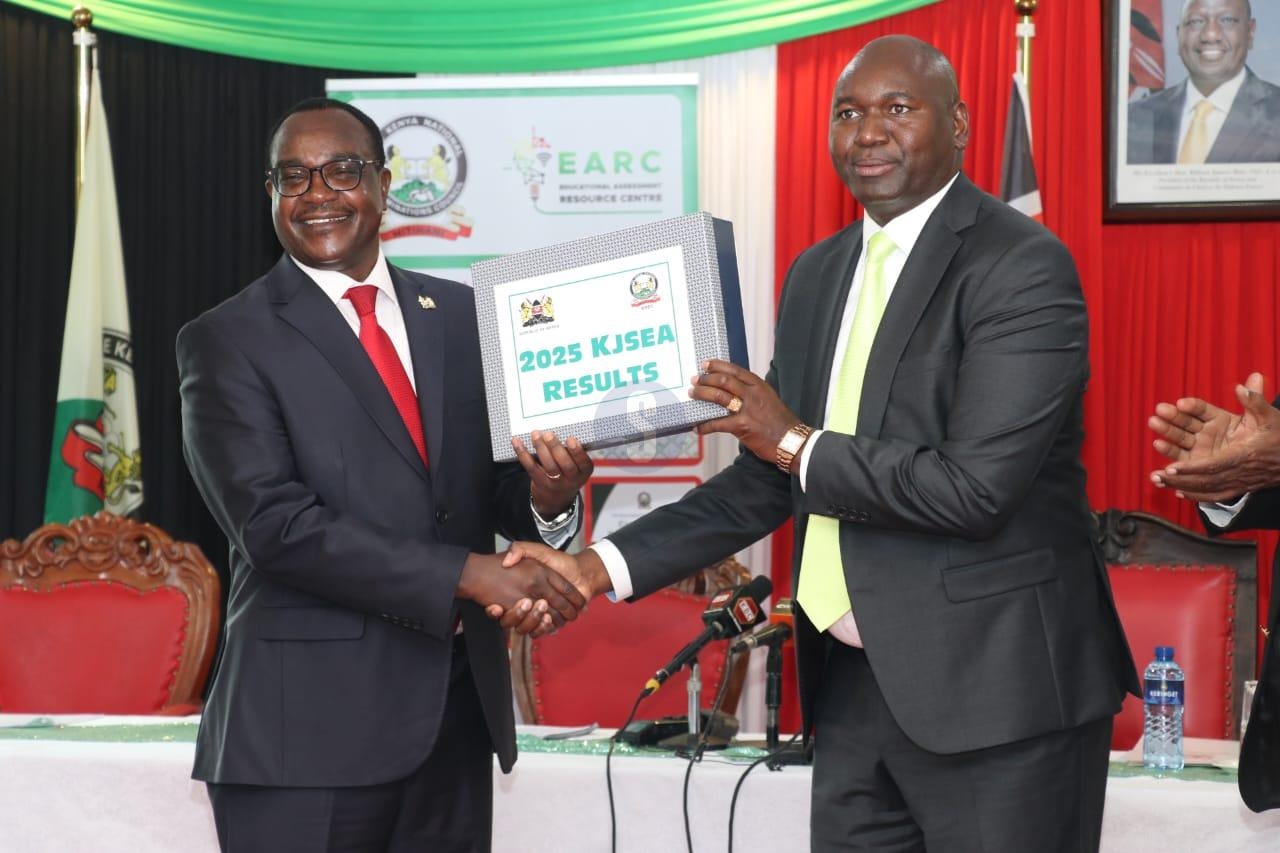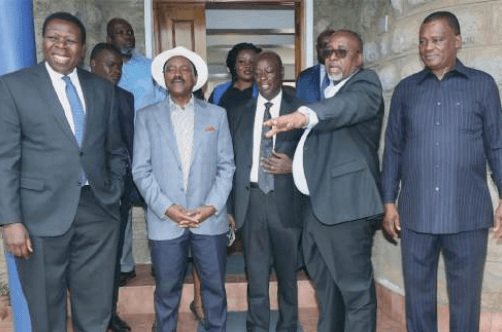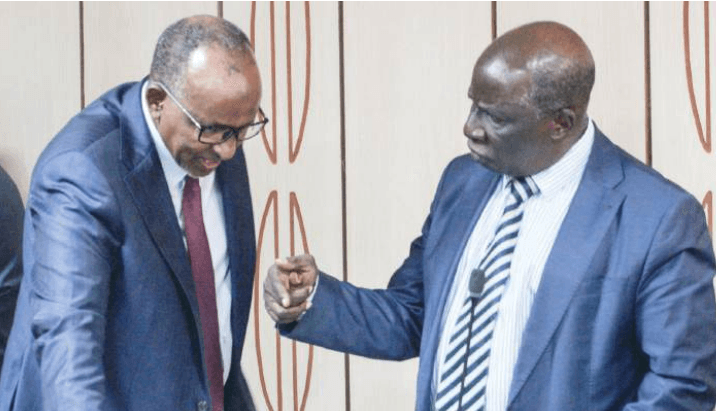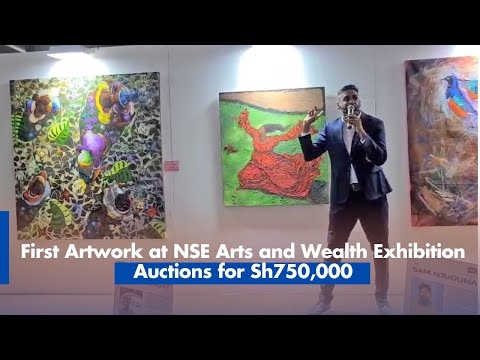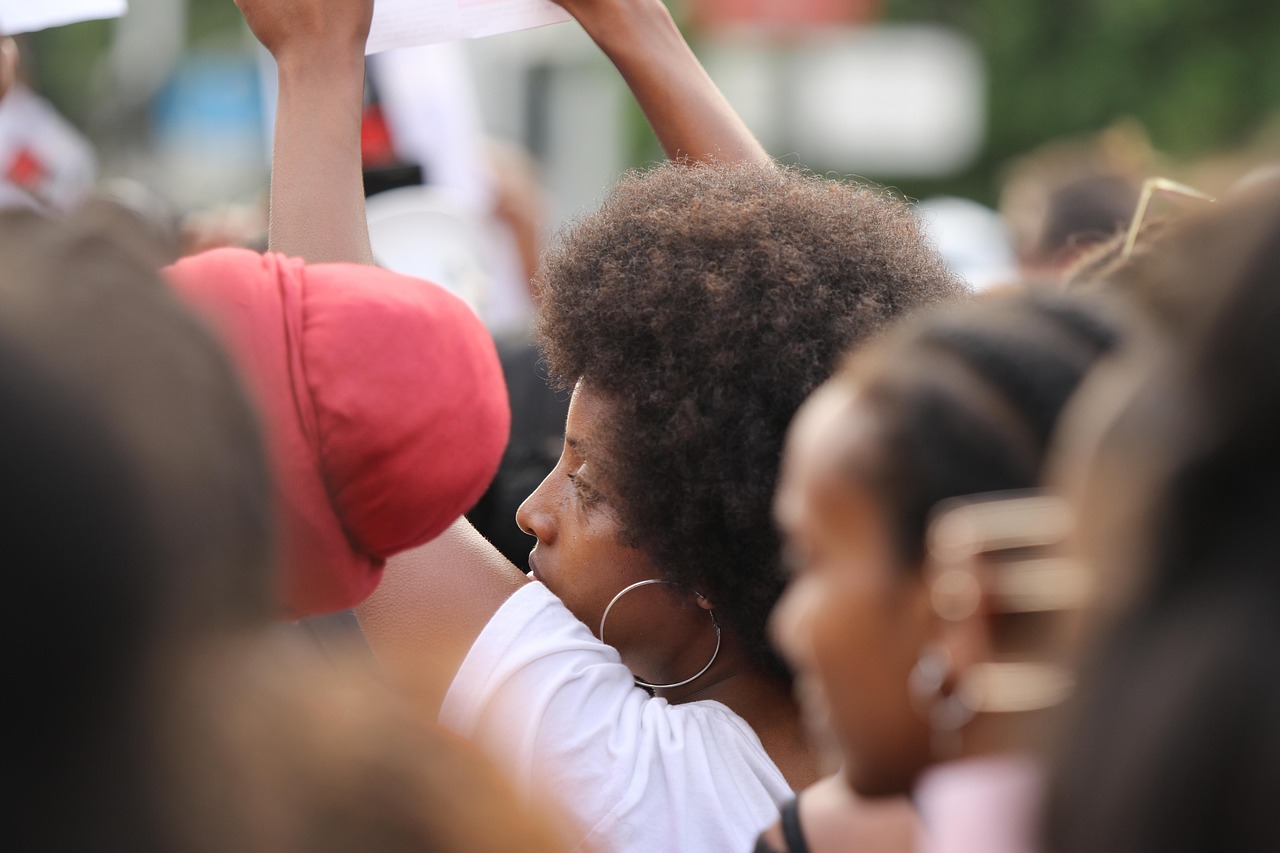
When did people begin writing and singing protest songs? Probably about five minutes after the first person in the history of the world felt wronged, cheated or treated unfairly.
Protest songs are not often the sort of thing one studies. They are songs that speak to the age you’re living in, to the time and place and problems of your particular moment.
They are songs that you feel. I’ve always preferred protest songs that, rather than imagining some beautiful future when everything is alright, engage with the tension and occasionally the terror of the situation at hand.
Give me King Kaka’s ‘Wajinga Nyinyi’ and Sauti Sol’s ‘Tujiangalie’ any day, not a group of concerned baby boomers holding hands and singing ‘We Shall Overcome’.
It took a near insult for Kenyans to appreciate some basic but hard truths about the country.
I call it a ‘near insult’ because many Kenyans, at least those who gave their views on social media, did not have a problem with the description of Kenyans as 'Wajinga Nyinyi' or ‘You Fools’ by the artiste.
The hard-hitting spoken word largely stated what every conscious Kenyan knows: from the poor state of the economy to corruption, and divisive politics to false election promises.
The rapper called out Kenyans for being so blind about their situation and for being so forgetful. Many Kenyans agreed with King Kaka.
But it is not enough to just agree and to lament. Lamentations do nothing beyond perhaps drawing a tiny speck of sympathy from your tormentors.
Kenyans must not just lament, they must do something. They must draw the proverbial line in the sand and reject what, in the rappers’ words, is the systematic destruction of their country.
Give me ‘Anguka Nayo’, the 2024 viral hit song by Wadagliz. Coined from Swahili words, it loosely translates to ‘fall with it’. According to Lugha Yangu, an online translation platform for more than 150 African languages, the phrase is interlinked with honesty and forthrightness.
“It could mean [to] call/say it as it is or do not spare or when they go low, go lower [aura for aura],” says the website.
With an infectious rhythm and catchy chorus, the song became a famous TikTok challenge for children and adults, with some social media users even nicknaming themselves ‘Anguka Nayo’.
Artists even designed a logo from the phrase, which depicts a young man dancing with his hands and head pointing to the ground.
The song has accumulated more than 2 million views on YouTube, sweeping through social media platforms like bushfire, after it became the anthem of the Gen Z protests in Kenya and morphed into an unprecedented cultural phenomenon.
Give me ‘Daima Mimi Mkenya’ by the icon Eric Wainaina, a song that implores us to commit ourselves to the improvement of our country. With his melodious voice, Eric goes on to croon about the colours of the flag and what they mean.
The song concludes with Eric making his own promise to continuously be patriotic. Released in 2001, Daima is a melody that has carried us through the darkest times of our history. “Naishi, Natumaini (I live, I hope),” Daima moves us to keep living and hoping.
I see Gen Zs’ struggles for dignity and justice reflected in the bold political art presented by these artists.
But perhaps what makes such a kind of musical composition so provocative is that it doesn’t just perform empowerment, it demands it.
Their artistic expression may not solve our problems, not in Kenya or anywhere across the globe, but it reminds us that visibility is power. Art is power. Identity is power. And maybe, most importantly, joy is power.


